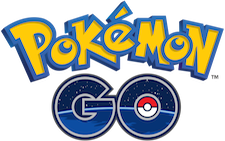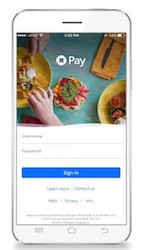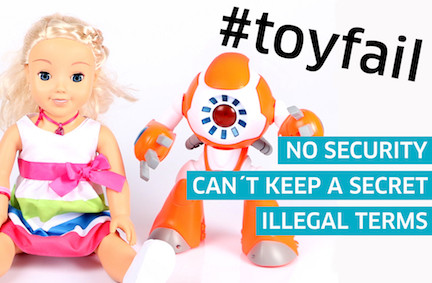The app achieved 500 million downloads globally in the first two months after its launch in July and by August it had generated £200m in revenue. Yet there was concern the game would turn out to be just a fad. Its developer, Niantic, is trying to prove those critics wrong.
The game still boasts 20 million daily active users in the US alone. And four months on the game is available in 200 countries, with Niantic eyeing further expansion into the Middle East and India.
Then there is wearable tech and in-game events, both key steps on the route towards global domination.
“We never could have forecast what happened this summer, but we try not to get distracted by the news and the headlines,” said Mike Quigley, CMO at Niantic Labs, speaking to Marketing Week during Web Summit last week.
“We’re very confident in what we are doing. We have nice learnings from our start within Google and we’re focused on our roadmap.”
Expanding beyond mobile
Niantic made its first move into wearable tech in September with the release of Nintendo’s Pokémon Go Plus wrist device, which notifies users via Bluetooth if a Pokémon is nearby. By the end of the year Pokémon Go will also be available on the Apple Watch, offering specific ‘game play actions’, such as measuring the number of kilometres a user has walked.
Last month, Niantic also launched the first Pokémon Go in-game event to coincide with Halloween. It led to a 13.2% uplift in average daily active users during the two-week promotion period, and 19.2% in the US.
Branching out into wearable tech and promotional in-game events, as well as expanding into new global markets, will help drive both user and brand engagement said Quigley, who believes having a robust brand partnership strategy has helped the game scale so quickly.
“We launched on day one with both in-app purchases (of game currency PokéCoins and items like PokéBalls) and paid sponsors, such as McDonald’s in Japan. Since then we have added other partners like SoftBank Mobile and mobile carrier Globe in the Philippines.
—-
For information available at http://bit.ly/2fnoJuw (link is external)



